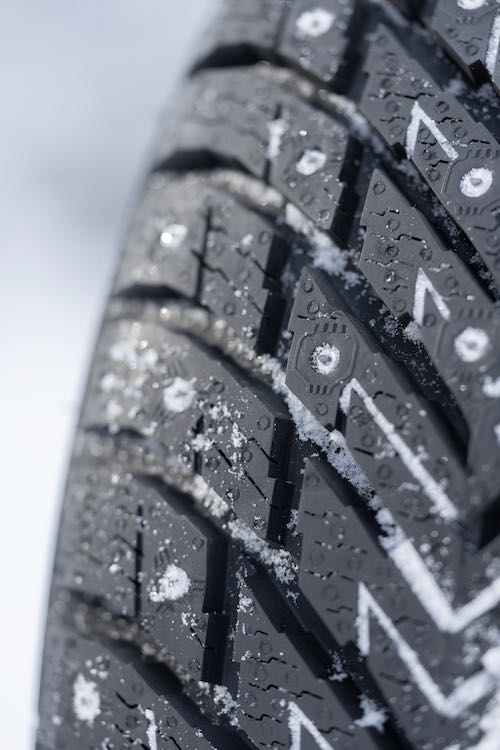The category of all-weather tires has been somewhat of a blessing for many drivers, as they now feel more liberated, as they don’t have to worry anymore about whether or weather forecasts before heading out. This is at least true if you have selected a premium tire that is tested and approved for winter conditions. These tires will have a severe service emblem, also known as the 3PMSF-symbol, on the sidewall of the tire. This symbol indicates that it has passed the requirements that regulate winter tires.
You can easily travel between different states/provinces without breaking any laws as you cross the borders due to having tires that aren’t legal in the state/province. Some areas will restrict studded tires, and some countries will demand winter-approved tires, which means tires with the 3PMSF-symbol. This can cause some problems when you travel during the year between countries, most commonly during the winter season going on winter trips, and it can become costly if you are stuck having studded tires on your car, and you plan to pass through Germany on your way south. So by avoiding problems along the way, you should always check before leaving what is required by the various countries in terms of insurances and what tires you legally are allowed to have. Handling the problems before you leave will always save you cost along the road.
So basically, the winter-approved all-weather tires can work in both winter and summer conditions. However, if you live in an area with clear seasons and a long winter season, you will likely be better off using two sets of tires for the year. In extreme winter conditions with a lot of ice, a set of studded tires are always a better and safer choice. Nothing can really beat metal studs when it comes to grip and traction on ice. On snow, you have better possibilities with all-weather tires, but a non-studded tire will have a tread pattern designed for these winter conditions alone, while the all-weather tire needs to also incorporate a lot of other functionality into the tread for both the warm and the cold conditions. This means that the properties of the non-studded tires will be better targeted for this purpose.
One should just keep in mind that having all-weather tires are more of a hybrid tire that are great regardless of the weather conditions. However, there are often better tires for the current conditions, so if you live in an area where you can make timely changes between seasonal tires, the extra effort might pay off in terms of safety and performance. This means that you should still respect the surroundings and the conditions and be cautious when you drive in extreme conditions. The all-weather tires are however a great tire for areas with unpredictable weather conditions, where you will be safer having a set of tires that can handle both winter and summer weather condition and not having to worry about not having the correct tires on your vehicle.
For more information regarding all-weather tires, visit: https://www.nokiantires.com/
